Location and Geography
Malta is an archipelago located in the central Mediterranean Sea, south of Sicily (Italy) and north of Libya. The main islands are Malta, Gozo, and Comino, with Malta being the largest and most developed. Covering approximately 316 square kilometers (122 square miles), Malta is one of the world’s smallest and most densely populated countries.
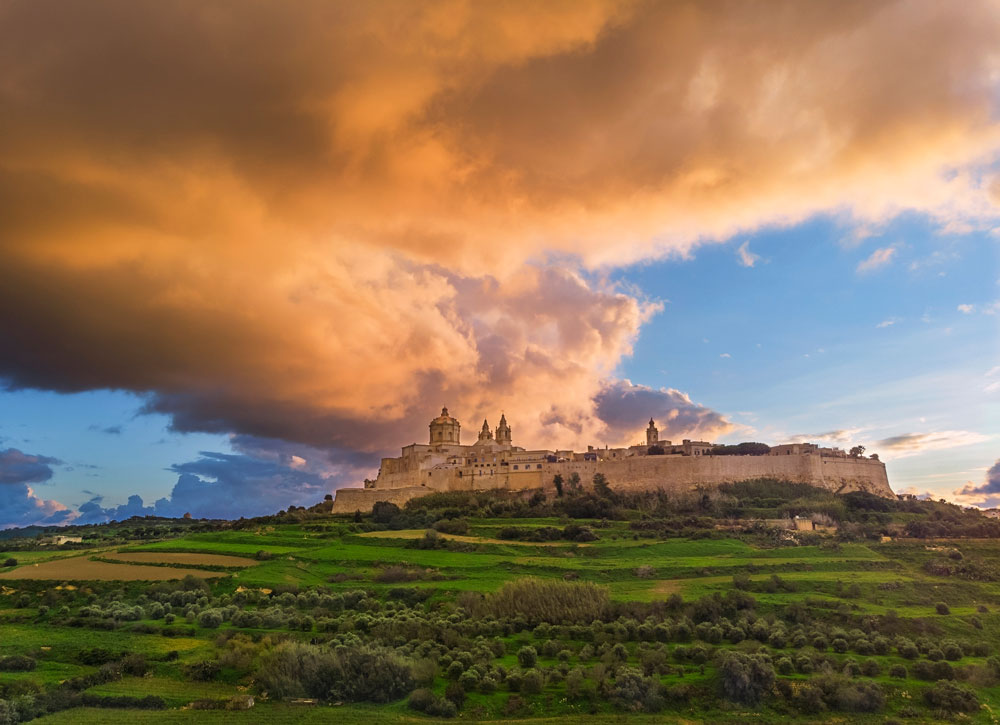
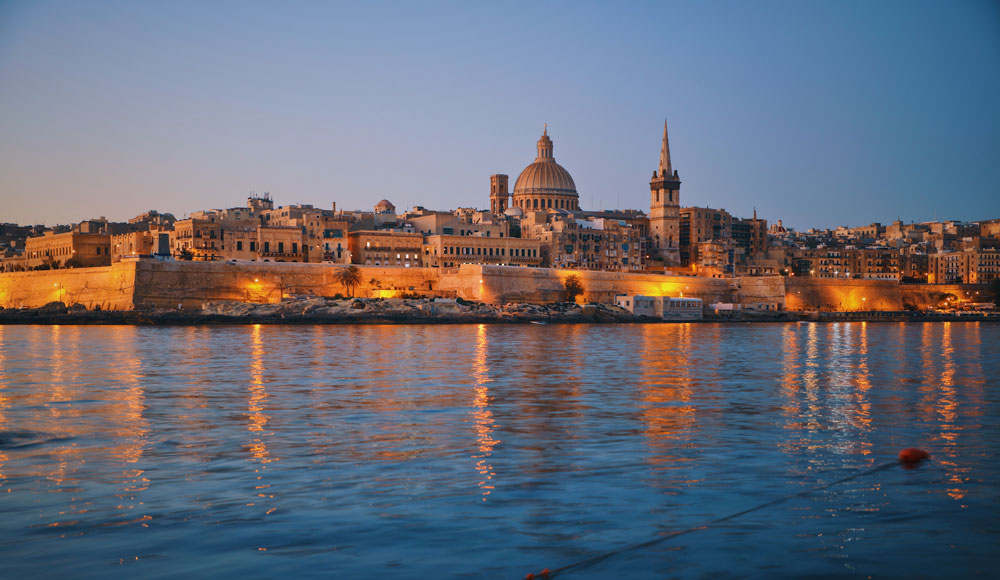

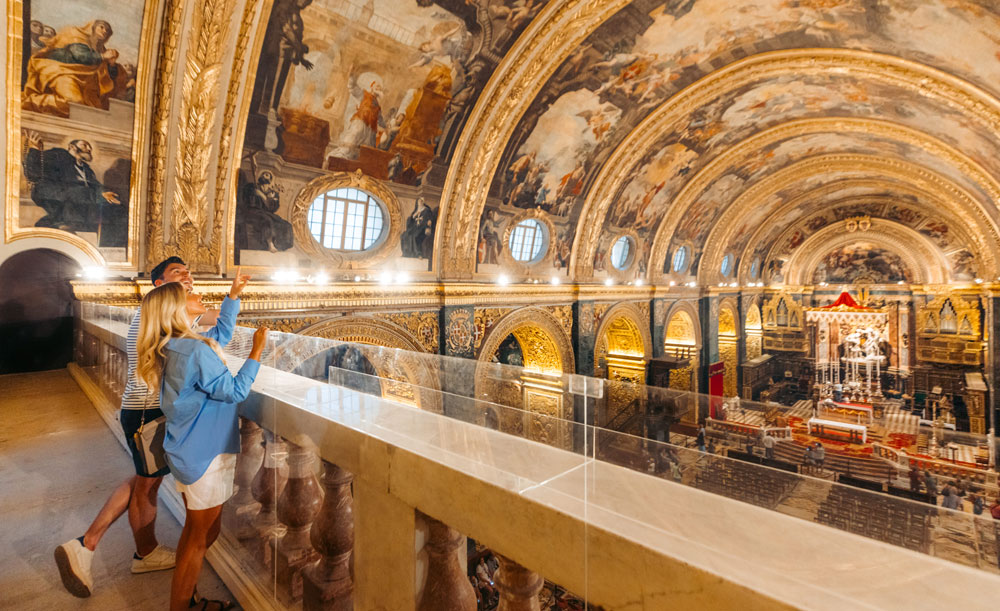
History and Culture
Malta boasts a rich history dating back to 5900 BC, with ancient civilizations leaving behind impressive structures such as the Megalithic Temples, some of the oldest free-standing structures in the world. Over the centuries, Malta has been ruled by various powers including the Phoenicians, Romans, Arabs, Normans, Knights of St. John, French, and British. Malta gained independence from the United Kingdom on September 21, 1964, became a republic on December 13, 1974, and joined the European Union on May 1, 2004. The country adopted the Euro on January 1, 2008.
Language and Demographics
Maltese and English are the official languages of Malta, with Italian also widely spoken. The population is approximately 514,000 people, predominantly of Maltese ethnicity with a mix of other European nationalities.
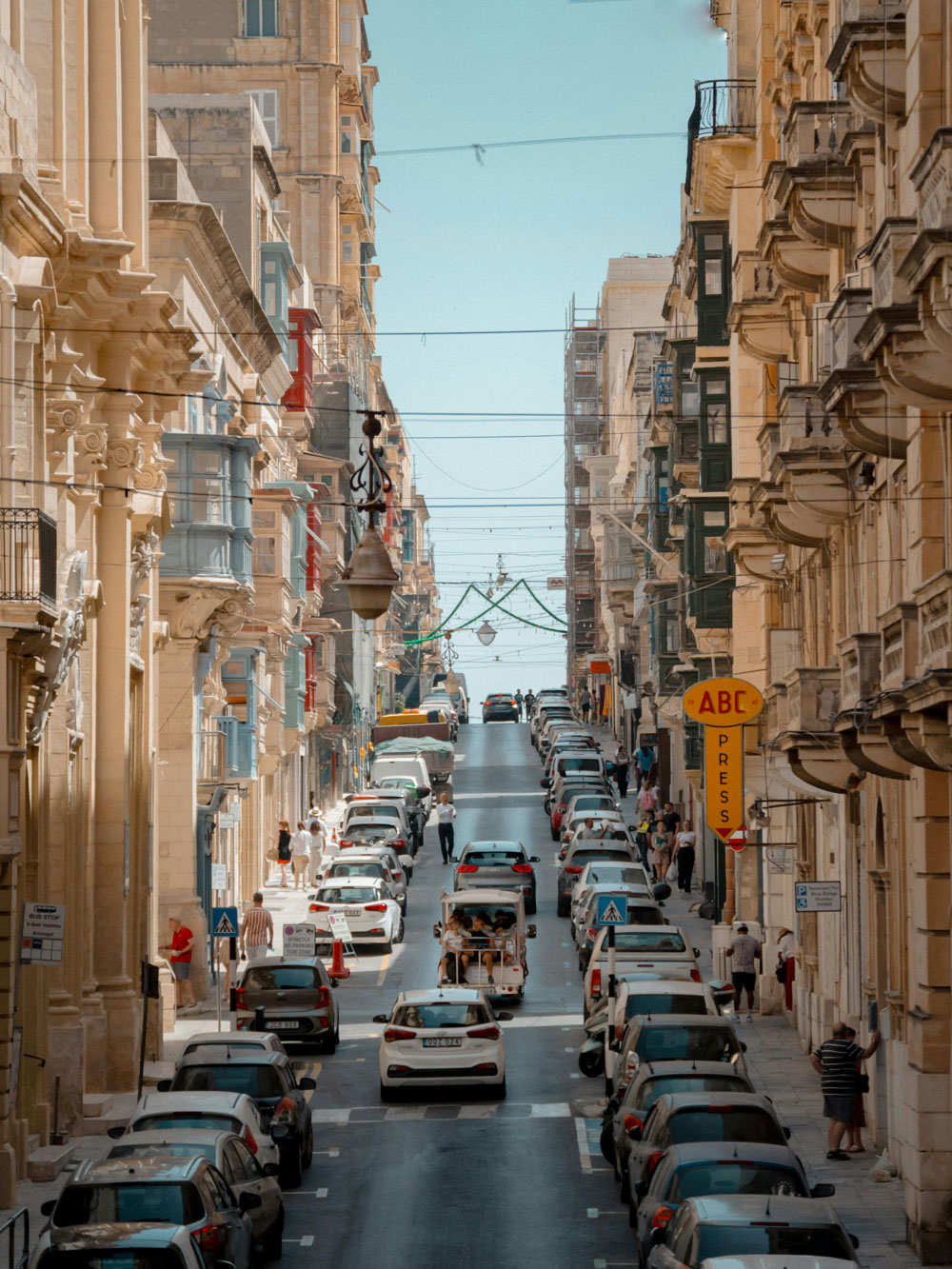
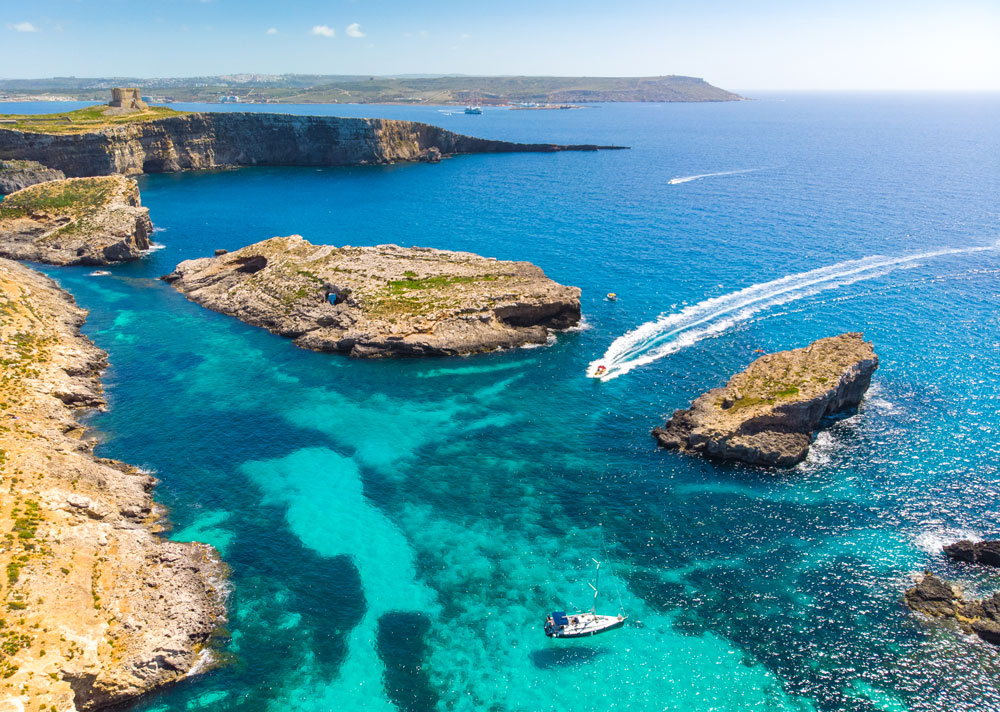
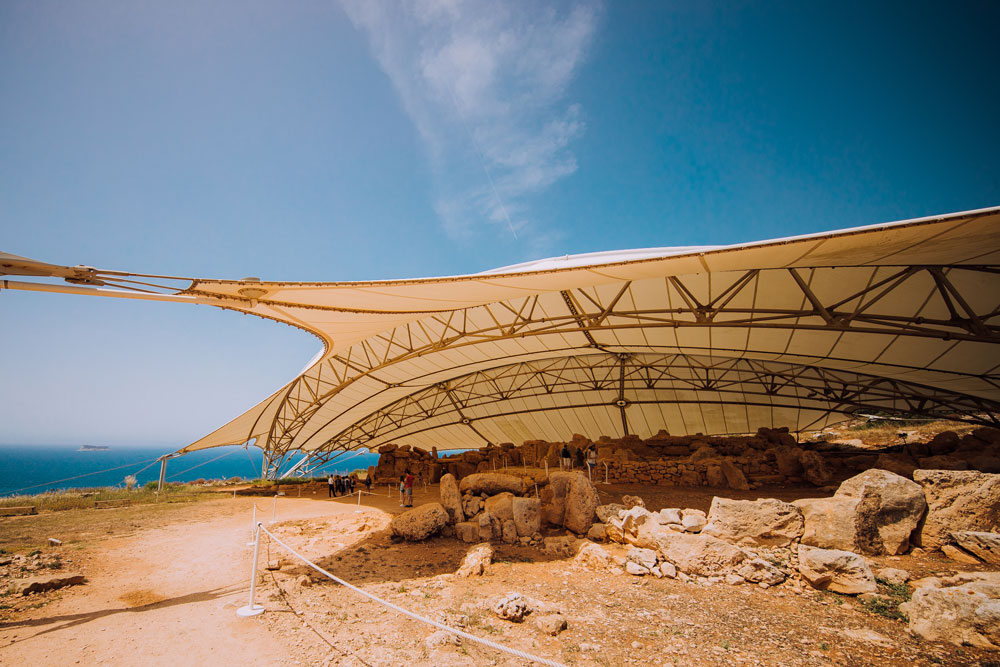
Key Attractions
Malta is renowned for its rich historical and cultural attractions, drawing visitors to explore its unique blend of heritage and natural beauty. Valletta, the capital city, is a UNESCO World Heritage site, celebrated for its well-preserved 16th-century buildings, museums, and the stunning Grand Harbour. The fortified city of Mdina, often referred to as the “Silent City,” offers a glimpse into medieval Malta with its narrow, winding streets and historic architecture. Gozo, the second-largest island, is known for its scenic countryside and charming villages. Comino, a smaller island, is home to the breathtaking Blue Lagoon, a haven for swimming, snorkeling, and diving in crystal-clear waters. The Megalithic Temples, including sites like Ħaġar Qim, Mnajdra, and Tarxien, are among the oldest free-standing structures in the world, providing fascinating insights into Malta’s ancient past. These key attractions, along with Malta’s beautiful beaches, vibrant nightlife, and rich culinary traditions, make it a compelling destination for travelers.
Maltese Cuisine
Maltese cuisine is a delightful fusion of Mediterranean flavors, influenced by the island’s rich history and diverse cultural influences. Emphasizing fresh, local ingredients, the cuisine features a strong focus on seafood, meats, vegetables, and bread. A staple snack or breakfast item, pastizzi are flaky pastries filled with ricotta cheese or mushy peas. The national dish, rabbit stew (Stuffat tal-Fenek), is a slow-cooked delight with garlic, wine, and herbs, creating a rich and flavorful meal.
Another favorite is ftira, a traditional Maltese sandwich made with local bread and a variety of fillings such as tuna, capers, olives, and tomatoes. Lampuki pie, a seasonal fish pie made with dorado fish, and bragioli, beef olives stuffed with breadcrumbs, eggs, and herbs, braised in tomato sauce, are also popular. For a hearty soup, aljotta is a fish soup with tomatoes, garlic, and herbs, often served with crusty bread. Kapunata, the Maltese version of ratatouille, is made with eggplant, tomatoes, green peppers, and capers, and is typically served as a side dish or relish.
For dessert, kannoli are crisp pastry tubes filled with sweet ricotta cream, while imqaret are fried date-filled pastries served warm and dusted with sugar. Qagħaq tal-Għasel, honey rings flavored with aniseed, are also a traditional sweet treat. Local beverages include Maltese wine, with popular varieties like Gellewza and Ghirgentina, and Kinnie, a unique soft drink with a bittersweet flavor made from bitter oranges and aromatic herbs. Strong coffee, often served with a shot of anisette liqueur, is also widely enjoyed.
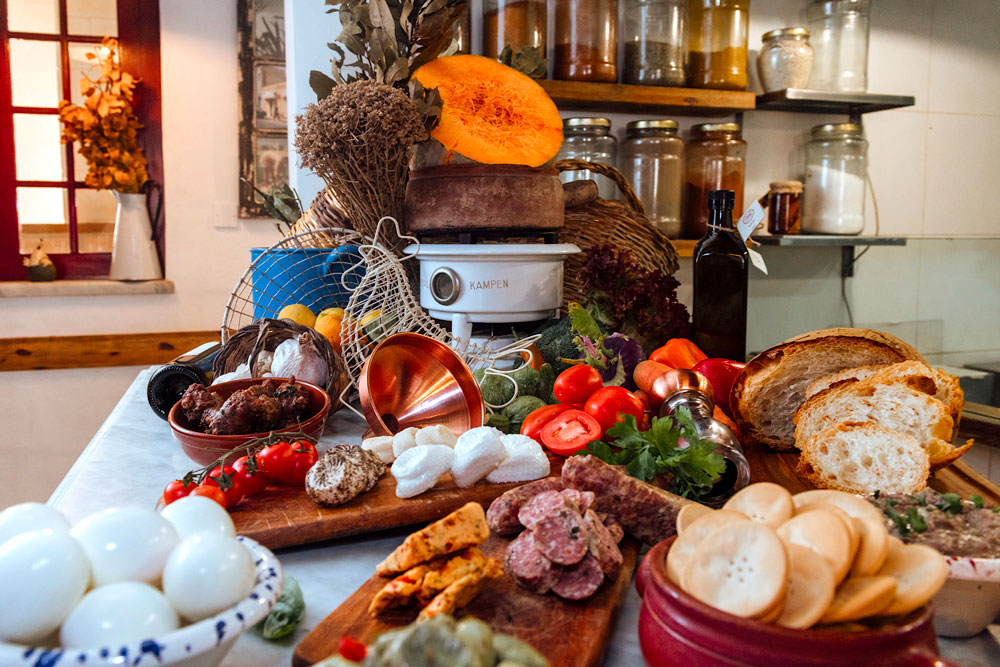

Transport and Practical Information
Malta’s transport system is well-developed, ensuring easy navigation for both residents and tourists. Malta International Airport (MLA) is the main entry point, offering flights to major European cities. Regular ferries connect Malta, Gozo, and Comino, with frequent services between Malta and Gozo. Valletta’s Grand Harbour is a key stop for cruise ships.
Malta Public Transport operates a reliable bus network covering major areas and attractions, with a contactless payment card system called the Tallinja Card, which is useful for tourists. Taxis, including ride-hailing services like eCabs and Bolt, are widely available, though fares can be higher in tourist areas. Car rentals are popular, with driving on the left side of the road. Note that parking in busy areas can be challenging. Traditional water taxis, called dgħajsa, offer scenic trips around Valletta.
For those exploring on foot or by bike, Malta’s narrow streets and pedestrian zones in cities like Valletta offer a charming experience, though the terrain can be hilly. Visitors should be aware that traffic can be dense, especially during peak hours, so plan travel times accordingly.
A Schengen visa may be required for non-EU visitors. Malta is a safe destination with low crime rates, making it a worry-free choice for travelers. Keep in mind that English is widely spoken, and most signage is bilingual, making it easier to get around.
Photo credits MTA
